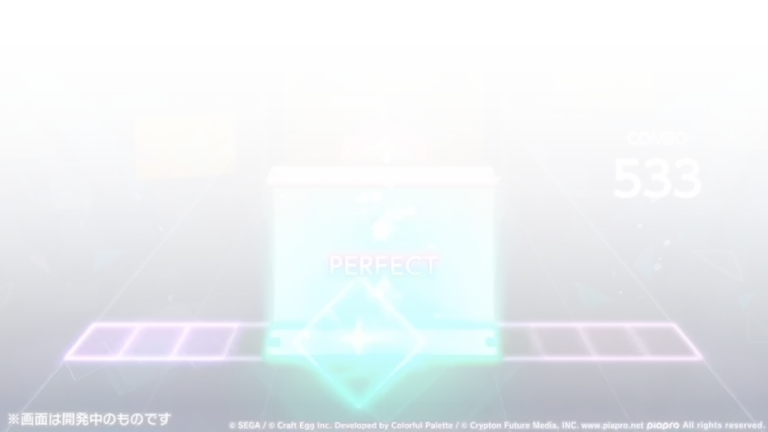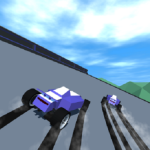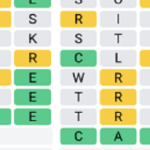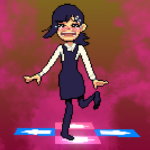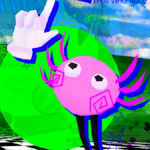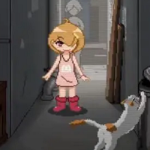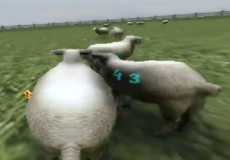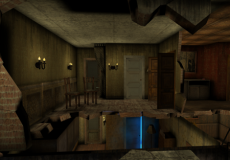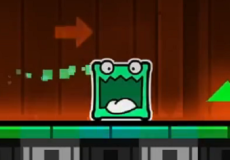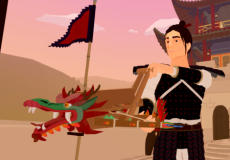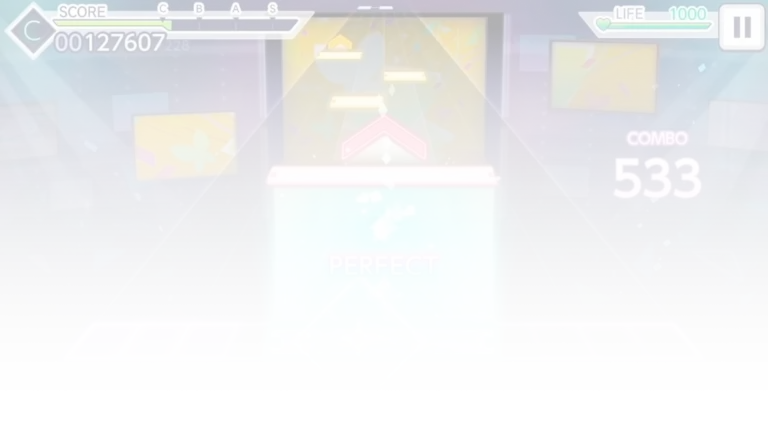
A Quiet Place
Advertisement
A Quiet Place places the player in a small, quiet neighborhood where everything appears calm at first glance. The environment features soft visuals, paper-like textures, and cheerful color choices. Each house along the fenced path seems identical, evoking a controlled and repetitive lifestyle. But as you begin moving through this world, you realize that time behaves differently here. The sky changes, the atmosphere thickens, and familiar places begin to feel distant. The design suggests more than visual charm — it reflects memory distortion and the quiet passage of time.
Advertisement
Similiar games
A Quiet Place places the player in a small, quiet neighborhood where everything appears calm at first glance. The environment features soft visuals, paper-like textures, and cheerful color choices. Each house along the fenced path seems identical, evoking a controlled and repetitive lifestyle. But as you begin moving through this world, you realize that time behaves differently here. The sky changes, the atmosphere thickens, and familiar places begin to feel distant. The design suggests more than visual charm — it reflects memory distortion and the quiet passage of time.
Aging as Gameplay
The main concept in A Quiet Place revolves around time and perception. As you walk through the setting, your character ages rapidly, and the world evolves with you. Objects shift locations, people disappear, and the layout feels less welcoming. There’s no explicit storytelling — instead, the game relies on environmental changes and player interpretation. Every step forward makes the setting feel less like home and more like a dream fading into the past. The movement itself becomes slower, and you sense the physical limitations of aging being reflected in how your character navigates.
What the Game Includes
· Navigation through a stylized neighborhood using standard controls
· Environmental storytelling with no dialogue choices
· Color and lighting shifts to express emotional transitions
· Experiments with pacing, sound, and interaction
· A total experience time of around ten minutes
Design and Emotional Weight
Instead of using traditional horror techniques, the game focuses on psychological discomfort and atmosphere. There are no enemies or sudden events. The fear comes from observation — watching change happen too quickly, feeling disconnected, and realizing that things you once knew are gone. This experimental approach challenges the player’s expectations, especially those used to retro horror styles. The game intentionally avoids traditional scare tactics and focuses on what remains unsaid, unseen, and unresolved.
A Path Forward
By the end of A Quiet Place, the vibrant yard and cozy home have transformed into something unrecognizable. You stand alone, surrounded by fog and empty spaces, left with questions and emotions. The game’s strength lies not in how it ends, but in how it makes you feel about what used to be there. Its short runtime leaves a lasting impression — one that encourages quiet reflection and personal interpretation.
Discuss A Quiet Place
